Nothing to do with my personal bathing habits but todays work at the Rocks by Rail Museum was more ballast washing. I actually enjoy doing this. Big machines, lots of water and noise, what more could you want! People do ask why you wash ballast? Well ballast has two functions. Firstly it forms the foundation to hold the sleepers and track and secondly to allow drainage as especially with wooden sleepers water can both damage the track as well as undermine the structural integrity of the railway as a whole. Large stones that form the ballast have spaces between them through which the water can drain into the ground below. Fill those spaces up with muck and that drainage slows or stops and the ballast becomes a large sponge or swamp. The ballast washing gets rid of that muck and restores the ballast and its drainage abilities once back in place.
Just how much muck gets into the ballast is best illustrated by this photo.
These two barrows of muck came out of about half a ton of ballast washed through the oversized washing machine that the Museum has. Its a mix of sand, grit and pebbles and you can see how it just flows into an almost concrete like material that will flow into and fill any available void. Over the past five months we have probably washed well over 100 tons of ballast. We do put the muck to one side or use it to build up the adjacent road and you can see from the photo below just how much muck has been accumulated. That road is about 9 inches higher than when we started!
The area around the washing plant is a store for all sorts of railway related stuff and being out of the public gaze it does have that abandoned look to it but that is all part of the character of the place.
Back at WMD HQ the Scania 141LB has progressed with the prop-shaft, exhaust, wheel hubs and air intake having been added.
On the Scania 143 the front valance has been completed and a start made on the cab decals which are a pain to fit!


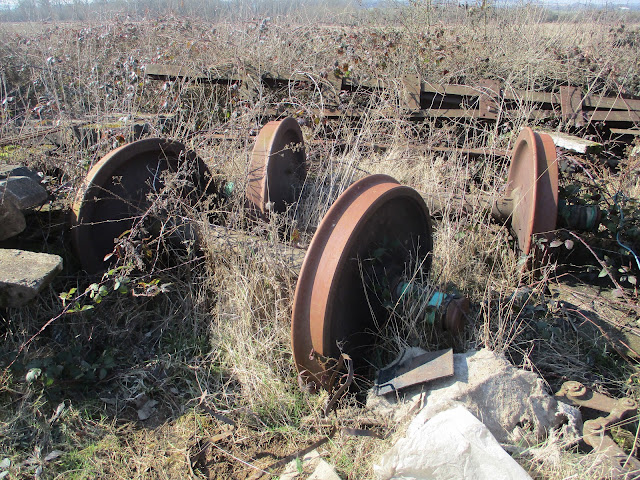
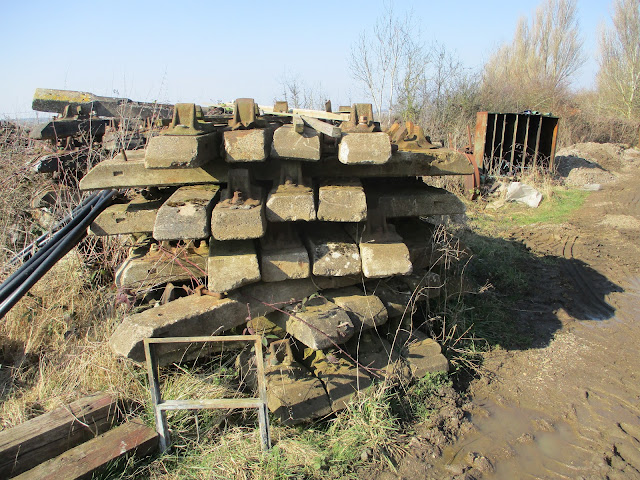

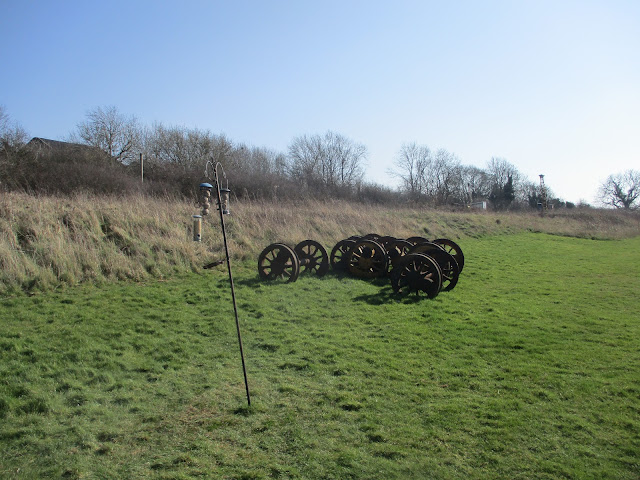
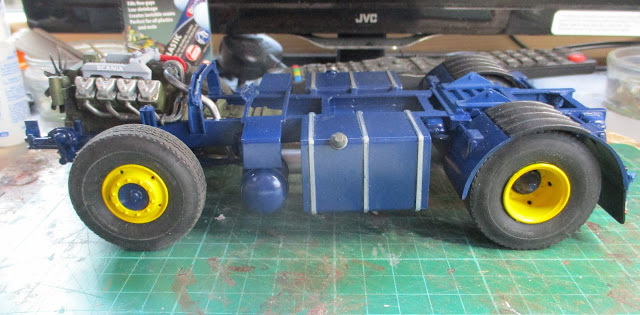
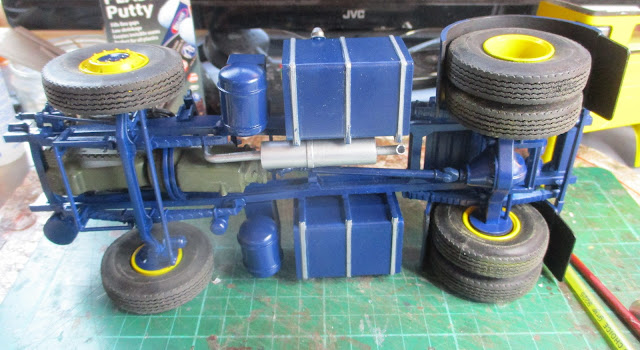

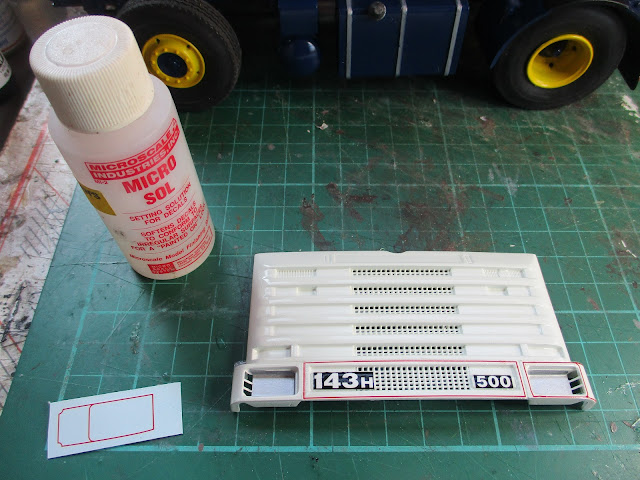
No comments:
Post a Comment